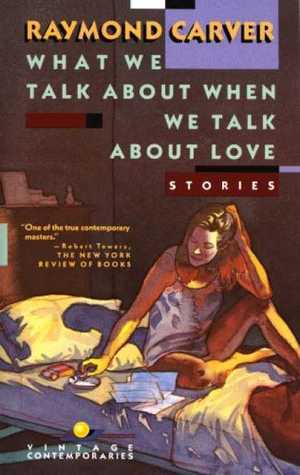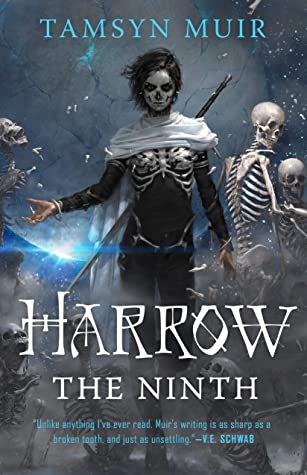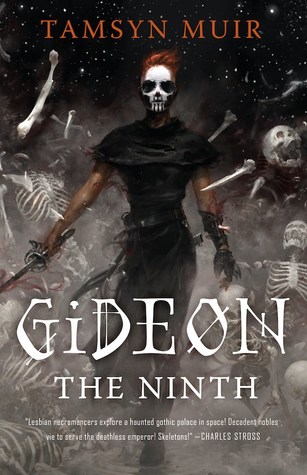
It’s a memorable collection of scenarios that possesses that enviable quality of the best short stories, that certain je-ne-sais-quoi sense of lingering disquiet. Yet I personally found it difficult to get through the collection, which I attribute to not being given enough interiority or motivation on the characters’ parts to really want to examine why they do the things they do. The characters seem largely driven by impulse, the result of which can be generalised to selfish and destructive actions that change the nature of their existing relationships, something which, while no doubt reflective of a certain part of human nature, doesn’t naturally draw me in.
The titular story probably has the most introspection: two couples sit around a table at one of the couples’ houses, drinking gin in the afternoon and having a conversation on what love is. Being completely driven by dialogue, it has that quality of a modern play, following a familiar arc where what begins as a casual conversation topic grows in tension as it touches upon increasingly personal triggers. The tension of the topic derives from Terri’s proposition that the actions of her abusive ex-boyfriend, whose threats extended to her current boyfriend, seated at the same table, and who eventually committed suicide over Terri’s departure, came from a place of love. Afternoon fades into evening and the reader feels a certain hush enveloping the characters as it becomes dark, but none of the characters make a move for a change in surroundings even as it is proposed. It’s tightly edited and is one of my favourite stories from the collection.
There’s a trend of a masculine assertion of dominance in the book over women: Terri’s ex-boyfriend we’ve heard of; Tell the Women We Are Going has two middle-aged men having a boys’ afternoon out, stalking two young women biking along the road on their way back and finally killing them; So Much Water So Close to Home features yet another boys’ day out where they allegedly encounter the naked body of a dead woman on their camping trip but decide to continue with the trip instead of reporting it. One of the men’s wives suspects their role in her death. A Serious Talk simmers with the threat of violence as Burt surprises his estranged wife and daughter with a visit and uses a knife to cut the phone cord when he suspects that the caller is a wooer, stalking off when the wife orders him to leave but intending to return again. The Third Thing that Killed My Father Off has a simpleton killing his wife after having had enough of her philandering ways; the narrator pins the blame on the wife. The stories bring with them all the usual things you’d associate with such an attitude: the objectification of women, sexualisation or otherwise, the treatment of them as possessions, and the idea that women exist to accommodate the male characters’ needs rather than independent entities. The premise that each story builds on is striking, but the archetypes are old and tired.
In line with that then is the sense that no real communication takes place between characters. Characters are restless and unhappy with their situations, but their recourse is either violence or an extramarital affair. In that kind of American suburban environment that Carver’s stories are set in, with gender dynamics so clearly influenced by the patriarchy, it is no surprise that illumination or happiness never comes to any character, trapped so firmly as they are in their assigned roles and mental space.
Rating: 3.5/5
— What We Talk About When We Talk About Love (Raymond Carver, 1981)



